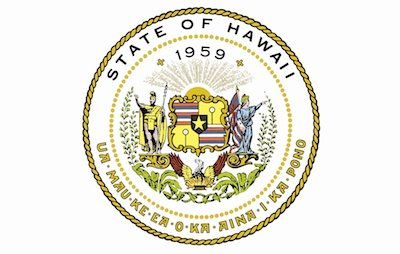By Staff Reports
(LIHUE) — The Kaua‘i District Health Office of the Hawai‘i Department of Health will be conducting a door-to-door survey of Kaua‘i residents from July 11 to 13 to assess their readiness for emergencies such as hurricanes, floods and other disasters.
The survey teams, which will be comprised of Department of Health staff with support from the Kaua‘i Emergency Management Agency, Kaua‘i Medical Reserve Corps, and the American Red Cross, will canvass 210 randomly selected households island-wide.
For security purposes, team members will be wearing vests identifying them as part of the Department of Health survey team and have identification cards.
The brief, 10-minute survey will include questions relating to emergency preparedness, communication preferences, health status and evacuation plans following a disaster. The survey teams will not be collecting names or addresses, and all survey responses will be confidential.
“Our island has recently experienced disasters that have caused serious disruption in access to health care and other essential services. This survey will help us to better understand the current resources, plans, and potential needs of Kaua‘i families during future disasters,” said Lauren Guest, public health preparedness planner with the Kaua‘i District Health Office. “We encourage Kaua‘i residents to participate in this survey to improve emergency preparedness for our island.
The survey methodology, known as aCommunity Assessment for Public Health Emergency Response (CASPER), was developed by the Centers for Disease Control and Prevention to efficiently gather representative data about the health and other resource needs of a community pre- and post-disaster. The CASPER survey has been conducted each year on Kaua‘i since July 2017.”
“The survey results will build upon our prior CASPER efforts to establish a baseline for the percentage of Kaua‘i households that have the necessary supplies to support their families during an emergency,” Guest said. “In three days, we’ll have valuable data to help the Department of Health be better prepared to meet the community’s needs before, during, and after a disaster.”

